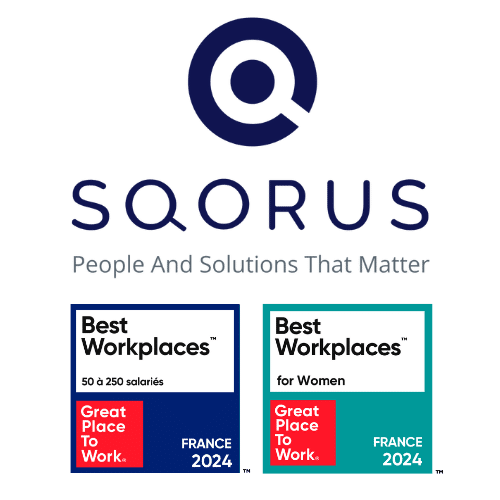In order to carry out a successful HR strategy, it is important to have the right tools. By tools, we are obviously talking about software specialized in data management, such as HRIS, which are on the rise, but also about methods and processes that allow for greater flexibility. Here, we’ll look at the various HR management tools available to help you successfully implement your HR strategy.
Classic project management or agile method
HR has adapted its working methods to gain flexibility. In order to break out of the box of rigorous methods, HR is taking a lot of inspiration from what is happening in the IT world. Agile methods are processes that put all the players at the heart of a problem, and in which needs take precedence over the defined plan.
The strength of these methods is obviously their ability to adapt to change. Adapting to change is a major challenge for firms, especially in the age of the Internet. In addition, this type of method increases “employee engagement”by making teams accountable.
Key performance indicators in the context of HR function management
In order to measure the relevance and impact of an HR strategy, it is important to master and exploit the notion of KPIs. KPIs are key performance indicators. Their purpose is to measure, for example, the effectiveness of a recruitment campaign or the impact of a communication campaign. For the HR function, it is important to choose its indicators before starting a campaign. To give you an idea, the most commonly used indicators in HR, on recruitment for example, are: the need for recruitment over a year, the number of interviews conducted, the time required for recruitment, from its implementation to the signing of the contract, and the turnover rate. The use of tools, such as HRIS, is a plus that should not be overlooked.
HR process management through an HRIS
In order to manage the strategy put in place upstream and to exploit the notion of KPIs, the implementation of a human resources management information system is essential. Like enterprise resource planning (ERP) software, HRIS systems consist in assembling software bricks to adapt perfectly to the company’s needs.
For example, they can be used to manage HR dashboards, social data, skills and payroll management, social balance sheets and, more generally, short- and long-term HR functions. Finally, the manipulation of HR indicators through this tool facilitates decisionmaking.
What tools can you use to manage your HR strategy?
Optimize your HR strategy and discover the essential management tools you need to achieve your objectives. Don't miss this opportunity to successfully manage your HR projects.
See also our feature on "HR strategy management tools".
- What are the key issues facing HR departments today?
- Organization, talent management, recruitment: priority HR projects?
- Human resources management: what HR strategies for the future?
- Best practices to manage your HR strategy in an optimal way
- The different HR management tools to carry out your HR strategy
- HRIS software: the different areas of intervention for the HR function
- How to convince your management to invest in an HRIS tool?
- Is it necessary to be accompanied in the management of an HR strategy?
- What indicators should be defined to measure the performance of an HR strategy?
- HR strategy: how to achieve effective HR reporting?
- Who should drive HR projects in the company?
- Setting up a working group for an HR project: who should be involved?
Contact
A project? A request?A question?
Contact us today and find out how we can work together to make your company’s digital future a reality.













